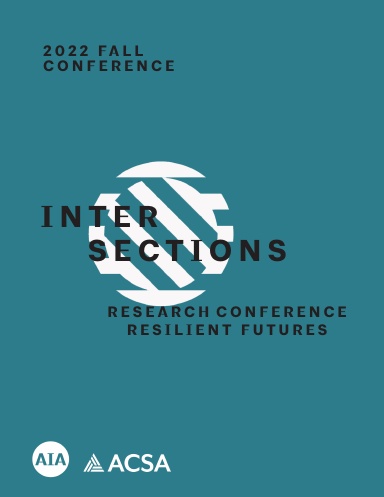Author(s): Wendy Meguro, Karl Kim, Cathi Ho Schar & Rebecca Denzer
More than 680 million people live in low-lying coastal areas susceptible to climate change and flooding (IPCC 2019). The Jean and Zohmah Charlot House is a historic residence in Honolulu, located in a flood-prone neighborhood, that provides a powerful case study on preservation, planning, hazard mitigation, retrofitting and adaptive design of historic structures. The research, learning and engagement among diverse stakeholders supports resilient placemaking and preservation of treasured community assets. The home is listed on National and State registries of historic properties. The Historic Hawaiʻi Foundation partnered with the University of Hawai‘i (UH) to identify research methods for addressing climate resilience and develop and test engagement strategies, which included virtual workshops to develop a hazard mitigation plan for the property. An interdisciplinary team of faculty members, professionals, and students: i) identified hazards; ii) documented site vulnerabilities; iii) mapped and analyzed hazards and mitigation strategies; iv) reviewed literature and evaluated mitigations; v) engaged subject matter experts to support assessment of strategies; vi) developed and shared alternatives that were compiled and disseminated among stakeholders. The research team forged new relationships by including subject matter experts from landscape architecture, planning, emergency management, engineering, insurance, law and environmental sciences. Participants joined in three 1.5 hour virtual workshops to identify hazards, mitigation strategies, and review plans. Technologies including 360-degree imagery and ArcGIS StoryMap enhanced the virtual workshop. Based on feedback from the workshops, the Disaster Mitigation Plan illustrates, annotates, and ranks strategies for risk reduction and future policy and research needs. This university-led collaboration is a model for engaging planners, architects, landscape architects, preservationists, engineers, lawyers, and insurance agents on the challenges of preservation and hazard risk reduction. The rapid, three-part planning process using all-virtual, all-volunteer participants provides a low-cost approach for subject matter expert engagement and focused knowledge-sharing on resilience strategies that can be applied and implemented for other endangered properties and scaled up to address broader neighborhood, watershed, and regional impacts from climate change and extreme events.
https://doi.org/10.35483/ACSA.AIA.Inter.22.14
Volume Editors
Gail Napell & Stephen Mueller
ISBN
978-1-944214-42-13

 Study Architecture
Study Architecture  ProPEL
ProPEL 
